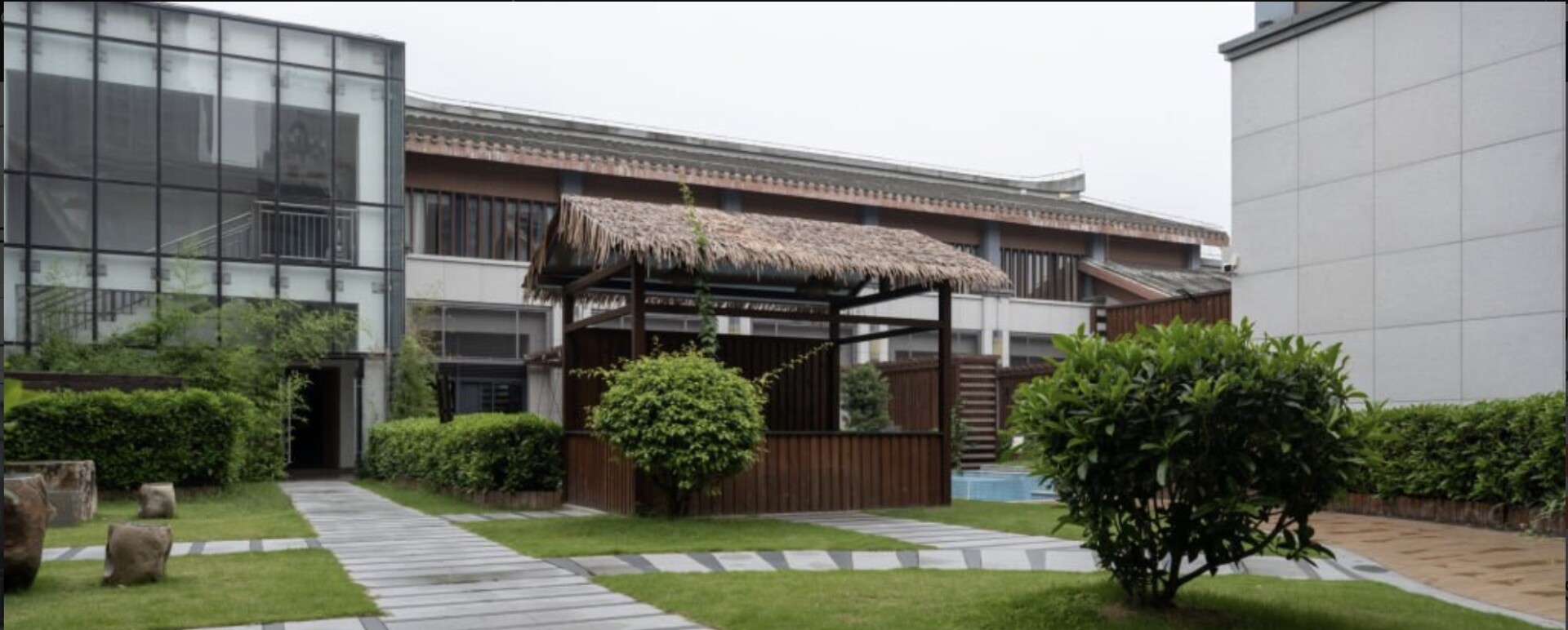Seasonal landscape maintenance plays an essential role in projecting a positive image of your commercial property. As the seasons change, so do the needs of your commercial gardens and outdoor spaces. A well-maintained landscape not only adds to the visual appeal and creates a welcoming environment for customers but also reflects the professionalism of your business. It’s important to develop a year-round commercial landscaping maintenance plan to ensure your property stays attractive and safe.
Starting with the vibrant growth of spring, to the summer’s burst of colour, through the fading beauty of autumn, and the quiet calm of winter, each season brings specific tasks to keep your commercial garden maintenance on track. Regular upkeep such as pruning, mulching, and plant health care are vital in spring and summer, while autumn calls for leaf removal and preparing plants for colder weather. In winter, focus shifts to protecting your landscape from frost and preparing for the spring ahead. Keeping up with these tasks ensures that your property looks its best all year.
Spring Renewal and Preparation
Spring marks a pivotal time for commercial garden maintenance as you address the aftermath of winter and set the stage for vibrant outdoor spaces. Effective spring maintenance ensures a healthy, attractive landscape ready to impress.
Assessing Winter Damage
After winter, it’s vital to evaluate your commercial landscaping for any damage. Look for signs of weather-related wear or damage to plants, trees, and lawns. Early detection is key to mitigating issues before they worsen. Be thorough in your assessment, checking for:
- Broken branches or trunks on trees and shrubs
- Discoloured or patchy sections of grass
- Damage to hardscape elements, such as walkways and features
Lawn Care and Aeration
Spring lawn care starts with aeration, crucial for combating soil compaction. Use a core aerator to enable oxygen, water, and nutrients to reach the grassroots easily. After aeration:
- Fertilise your lawn to provide essential nutrients
- Apply mulch to garden beds to retain moisture and suppress weeds
- Begin a scheduled mowing regimen, keeping the grass height around 7.5-10 cm
Planting and Pruning
Refresh your landscape with new plants that enhance your commercial property’s appeal. Choose species that flourish in your local climate. Key tasks include:
- Pruning overgrown shrubs and trees to promote healthy growth
- Planting seasonal flowers for colour and texture differentiation
- Considering pest-resistant varieties to reduce the need for chemical treatments
Bear in mind the maintenance of your irrigation system. Early spring is the ideal time for irrigation system maintenance to ensure efficient water usage throughout the growing season. Regularly check and repair any leaks or clogged sprinkler heads to maintain optimal performance.
Summer Upkeep for Vigour and Vitality
Summer provides optimal conditions for growth and is the most critical time for sustaining the vitality of your commercial landscaping. Your attention during these months ensures your property remains attractive and healthy.
Regular Maintenance and Mowing
To maintain a lush and professional appearance, regular maintenance is essential. Mow your lawn at least once a week, adhering to the one-third rule—never removing more than one-third of the grass blade length—to prevent stress on the grass and maintain a dense, green turf.
- Frequency: Weekly
- Height: Maintain a height of 2.5 to 3 inches
- Pattern: Alternate mowing patterns to avoid compaction and wear
Irrigation System Optimization
Efficient watering is crucial during the summer heat. Adjust your irrigation system to provide adequate moisture without overwatering, as excessive moisture can lead to disease. Early morning is the ideal time for watering to minimise evaporation and allow for water absorption.
- Check for leaks or blockages regularly
- Adjust sprinkler heads for even distribution
- Employ rain sensors to avoid unnecessary watering
Pest and Weeding Vigilance
Summer is also the peak season for pests and weeds that can compromise the health of your commercial garden maintenance. Perform regular inspections and apply treatments that are environmentally responsible yet effective. Mulching your garden beds serves dual purposes by retaining moisture and suppressing weed growth.
- Inspect for insects weekly
- Remove weeds before they seed
- Mulch garden beds to a depth of 7-10 cm
By focusing on these critical aspects, you ensure your commercial landscaping remains a testament to your commitment to excellence through the summer’s rigorous growth season.
Frequently Asked Questions
This section addresses common queries about maintaining the allure of commercial landscapes across the changing seasons, offering practical advice tailored to commercial needs.
How can seasonal landscaping enhance the appeal of commercial properties?
Seasonal landscaping keeps your commercial property aesthetically appealing throughout the year. It reflects your commitment to professionalism and has the potential to attract and retain clientele by presenting an inviting business facade.
What are the essential maintenance tasks for each season to maintain curb appeal?
In spring, your focus should be on planting, mulching, and fertilising. During the winter, prioritise pruning, and attend to any snow or leaf removal. The summer calls for regular irrigation and pest control, while autumn is ideal for aeration and preparing plants for colder temperatures.
What are cost-effective landscaping strategies for small businesses?
Small businesses can maximise their commercial garden maintenance by choosing native plants that require minimal care and implementing smart irrigation systems to save water. Mulching is a budget-friendly way to reduce weeds and retain soil moisture.
How does regular lawn care contribute to the curb appeal of a commercial property?
Regular lawn maintenance, including mowing, edging, and weeding, keeps your commercial property’s green spaces vibrant and neat, contributing significantly to first impressions and overall property value.
Can you suggest some drought-resistant plants for year-round landscaping?
Consider drought-resistant options like Eremophila, Grevillea, and Acacia for your landscape. These plants can thrive with minimal water, making them suitable for year-round maintenance and contributing to the sustainability of your commercial landscape.
What are the latest trends in commercial landscaping for improving visual interest?
Incorporating sustainable practices, creating outdoor recreational spaces, and using native plantings have become popular trends. These elements create a distinctive and environmentally responsible commercial landscape that piques interest and engagement.

